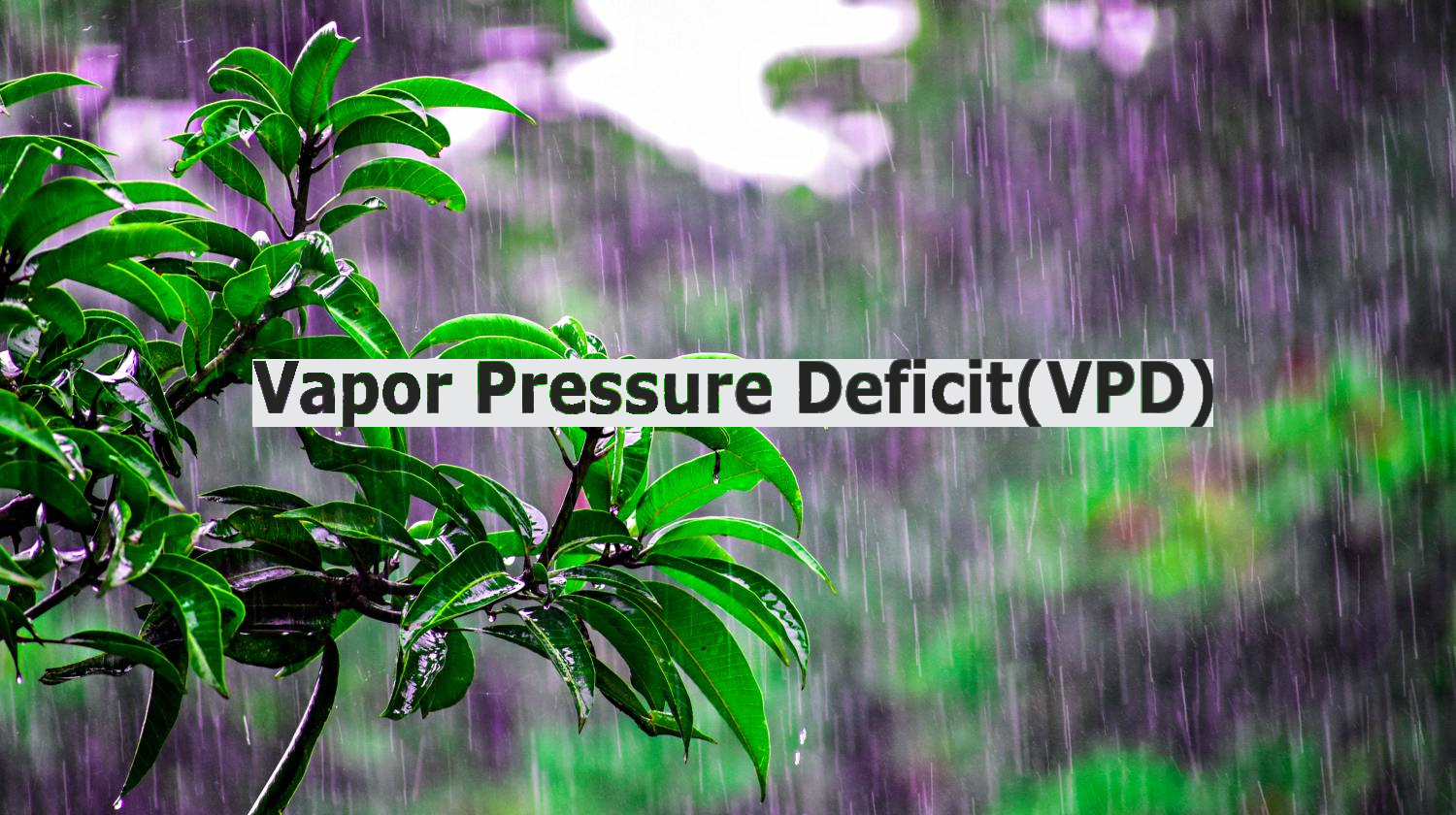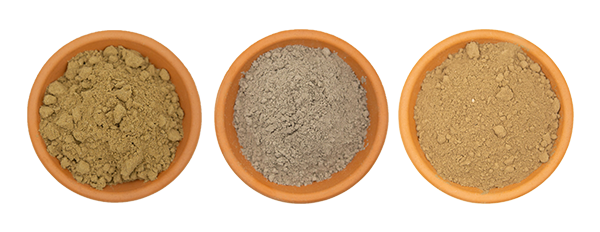Vapor Pressure Deficit (VPD) for Optimal Plant Growth

VPD helps you identify the correct range of temperature and humidity to aim for in your grow space. With VPD you can achieve the best results while avoiding pest and environmental problems. VPD also controls plant transpiration rates, stomata opening, CO2 uptake, nutrient uptake, and plant stress.
What is VPD?
Air is made up of many gasses. Air is about 78% nitrogen, 21% oxygen, and much smaller parts of other gases. Water vapor, the gaseous form of water, is one of those other gases. The amount of water vapor in the air (expressed as pressure) is called “vapor pressure”.
Air can only hold a certain amount of water vapor at a given temperature before it starts condensing back to liquid water (in forms such as dew or rain). The maximum amount of water vapor that air can hold at a certain temperature is called “saturation vapor pressure” or SVP.
As the air gets hotter, the amount of water that the air can hold (its SVP) increases. As air cools down, the SVP decreases, meaning that the air can’t hold as much water vapor. That is why there is dew all over everything after a cool morning. The air just gets too full of water, and the water condenses out.
Similarly, the current actual amount of water vapor in the air is called the “actual vapor pressure” or AVP.
What Is Relative Humidity (RH)?
RH is just the proportion of water the air is currently holding vs. its maximum capacity. That’s why it’s called “Relative” humidity.
Why is VPD Important?
You already know that VPD is an important thing to keep track of in your grow’s environment, that’s why you’re looking it up. But why is VPD important?
Getting your VPD right will give you the best results in your grow. VPD influences five key things, which are all related.
- Stomata Opening - As VPD increases, stomata get smaller.
- CO2 uptake - As VPD increases and stomata get smaller, CO2 uptake gets reduced.
- Transpiration - As VPD increases, the plant transpires (evaporates from leaves) faster due to the larger difference in vapor pressures between the leaf and the air.
- Nutrient intake at the roots - As VPD increases, and transpiration increases, the roots pull in more nutrients. The plant is like one connected system of plumbing!
- Plant stress - As VPD increases, there are more forces acting on the plant – from the leaves to the roots – and the plant experiences more stress.
As you can see there’s a complicated trade-off between VPD and a variety of factors. You can increase how much CO2 the plant absorbs but reduce the amount of nutrition. You can increase the amount of nutrition, but also stress the plant more. VPD is an immensely powerful tool in the grower’s toolbox. To get the best results you need to find the correct VPD sweet spot for the plant’s stage of growth.
Calculate VPD, Temperature and RH%
VPD and Indoor Growing
Indoor growing comes with huge advantages. You get to have control over the environment that your plants grow in. Environment is one of the essential “knobs” you can twist to get better results in your grow, and VPD is the key part of that formula.
How you can influence and change VPD:
Temperature:
- Increase temperature (run a heater or reduce AC): increase VPD
- Decrease temperature (increase AC): decrease VPD
Humidity
- Increase humidity (run a humidifier): decrease VPD
- Decrease humidity (run a dehumidifier): increase VPD
Light Intensity
- Increase light intensity (move lights closer, etc.): increase leaf temperatures: increase VPD
- Decrease light intensity (move lights farther, etc.): decrease leaf temperatures: decrease VPD
Ideal VPD for Different Stages of Plant Growth
So now you know what VPD is, how it impacts plants, and how you can change VPD. All that’s left is to figure out how to use this information in your own grow. Ideal VPD, as a rule for plant growth, is around 0.8 – 1.2 kPa (kilopascals). However, your plants have unique needs during various stages of growth. You need to tailor your grow environment to the stage of growth that your plants are in. Below are some general recommendations, but keep in mind that these recommendations can vary strain to strain, and setup to setup. As always, observe your plants and tweak things accordingly.
Ideal VPD for Clones
- Clones are baby plants; they can’t handle a lot of stress because they are still just trying to form roots. Target a higher humidity and VPD closer to the lower end of the general range.
- The ideal VPD for clones is closer to 0.8 kPa.
Ideal VPD for Vegetative Stage
- In veg (vegetative) stage the plants are bigger and more robust. You can reduce the humidity in your environment to increase VPD. This will increase water and nutrient uptake, but you don’t want to increase VPD too much. This will cause the stomata of the plants to close, causing them to absorb less CO2. CO2 is particularly important in the vegetative stage, because that’s the main ingredient that plants use to grow large.
- The ideal VPD for the vegetative stage is close to the middle of the general range, around 1.0 kPa.
Ideal VPD for Flower Stage
- In flower stage the plants are robust, but the flowers are sensitive to various issues. You need to avoid excess humidity.
- The ideal VPD for the flower stage is closer to the top end of the range, 1.2kPa – 1.5kPa.



